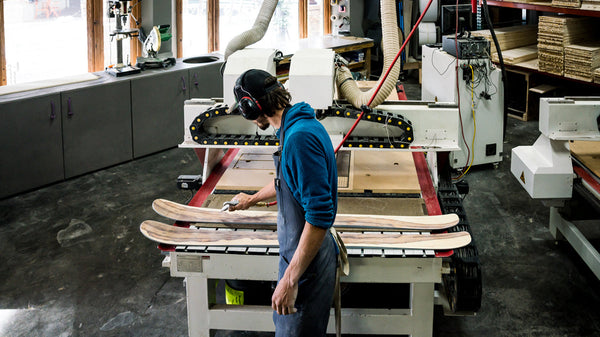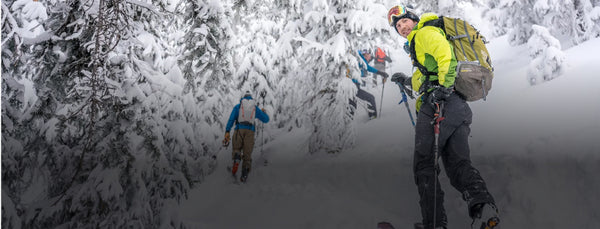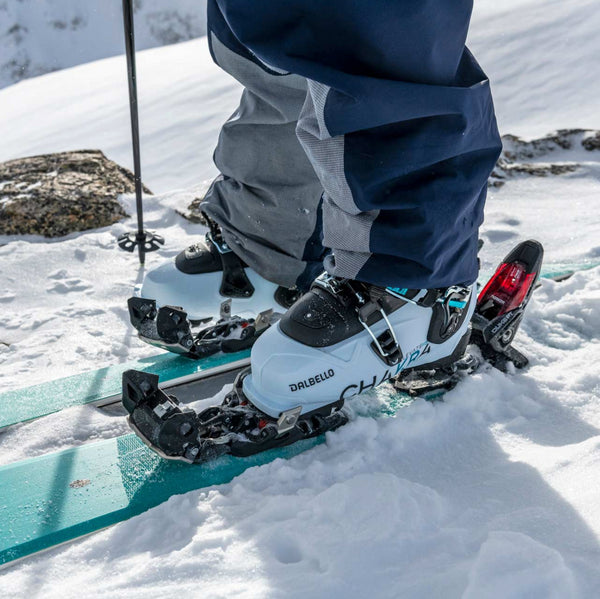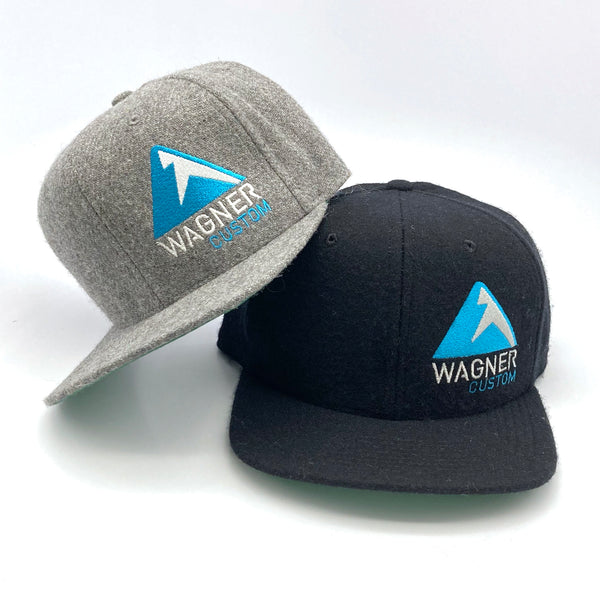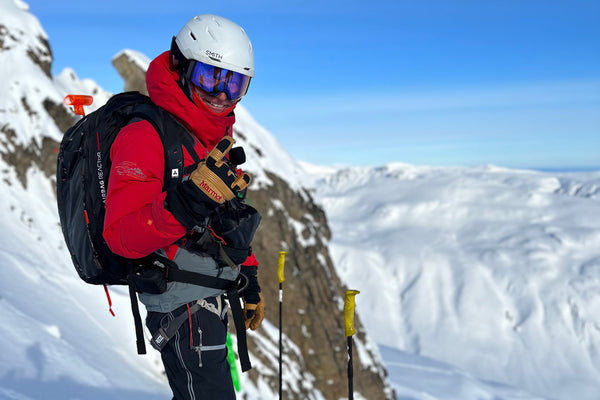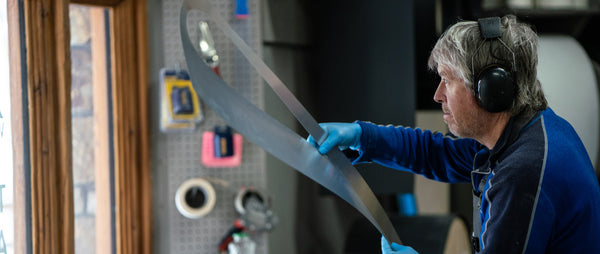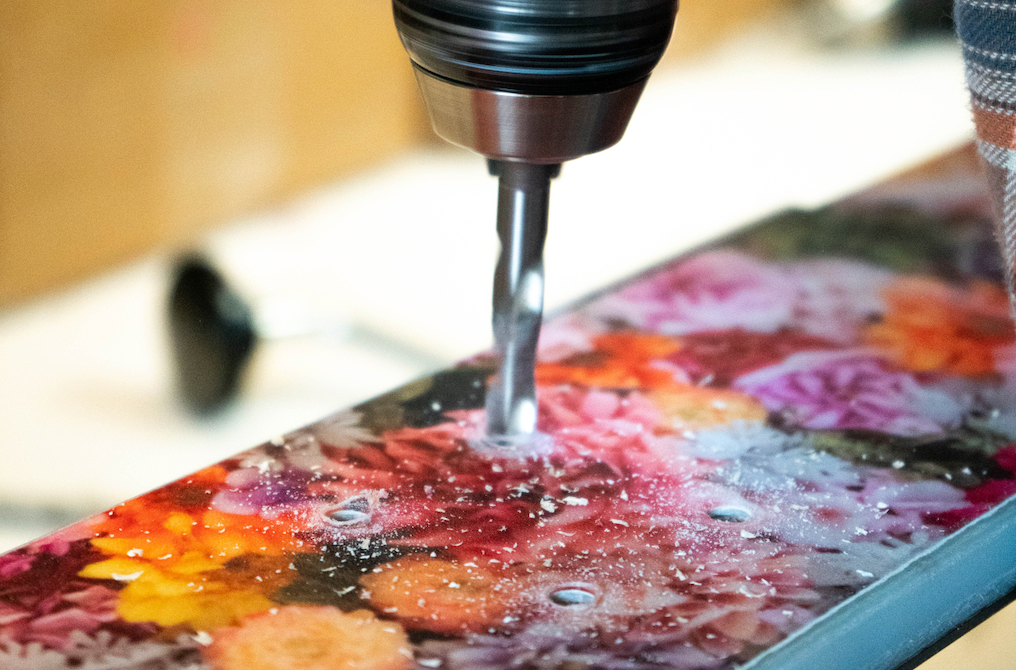
Hey, Baby. What's Your Mounting Point?
Do you know what question pro skier Eric Hjorleifson gets asked the most? It’s surprisingly banal—and indicative of a problem in the industry that’s been going on for the last decade or so. The question is: “What mounting point do you use?”
The mounting point is such a hot topic because when people buy new (non Wagner) skis, they don’t come with just one or two center lines suggesting where you could put your bindings. Instead, there are multiple lines with no explanation of how those positions will change the performance of the ski. And the mounting point does, indeed, drastically change the skis’ performance.
And chances are, if you’re not a park skier, you’ve never had that conversation with your local shop of which mounting point is right for you. So the shop kid, who’s likely never asked you anything about your skiing style or terrain choice, will likely just mount them according to her or his preference, and that may throw you off all season.
Here at Wagner, however, we don’t like to leave that much up to chance. We interview you extensively to get the answers to these questions before we even build the ski. We then determine the flex pattern and the definitive mounting point so there’s absolutely zero questioning for the shop—or you. “We eliminate the guesswork,” says Pete Wagner.
That said, it’s always good to be educated about how different mounting points change the performance.
Here’s a little guide:
• First, a myth-buster: The “center” mounting point is never at the actual center point of the ski. It’s always rearward of that.
• A traditional mount is the farthest back on the ski. Generally speaking, skiers who spend most of their time with their skis in the ground, rather than in the air, usually opt for this kind of mount. A longer tip gives the ski a little more float in powder and a shorter tail gives it a quicker turn release.
• A more progressive or “new-school” mount is farther forward, which gives the ski a more balanced feel when spinning in the air and skiing switch. Generally speaking, park and slopestyle skiers prefer this position.
• There are, of course, many nuances within these categories of skiers. Sometimes skiers will mount their powder boards farther forward because a shorter tip gives it allows wide skis to have quicker turn initiation. The tradeoff there, however, is the ski might not release from the tun as quickly, and it’s less ideal in bumps and trees. “You don’t want to take it too far,” Wagner says.

• Another category of skiers who really need help with their mounting position is telemarkers. Time was there were dedicated tele skis, which probably had mounting points even farther back than a traditional alpine ski. A tele ski should be mounted farther back because it’s pressured by the forefoot. “We balance the flex pattern around the ball of the foot, which helps them get a rounder flex pattern instead of having a big metal-plate dead spot in the center of the ski,” says Wagner.
So, if you’re looking for a new pair of perfect skis with zero guesswork, give our ski designers a call today. You can also send us a boot and we’ll mount your skis before we even send them. How’s that for service?
--
Article by Kimberly Beekman
Kimberly Beekman is the former editor-in-chief of the late, great Skiing Magazine (RIP), and a longtime editor of SKI Magazine before that. She currently uses the title of “freelancer” as a beard to ski powder all over the world. She lives in Steamboat, Colorado, with her wonderful daughter and terrible cat.

